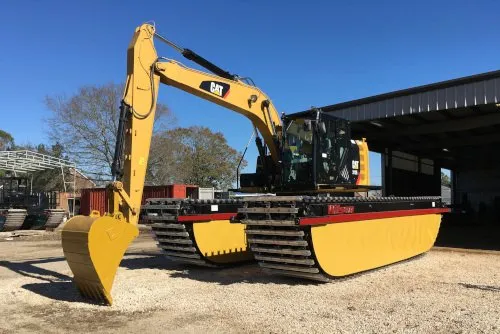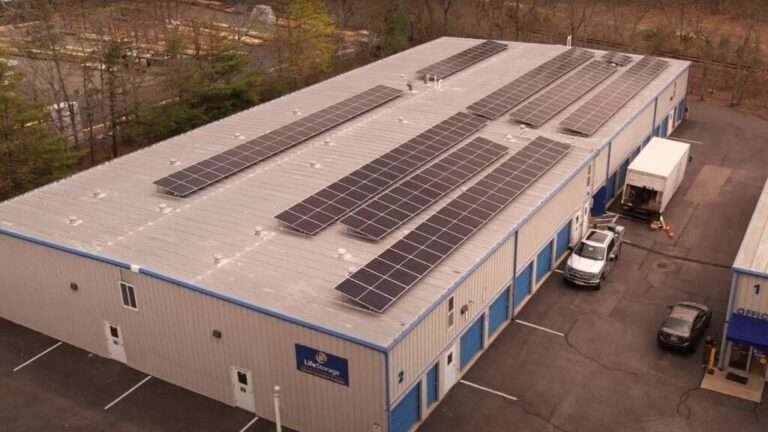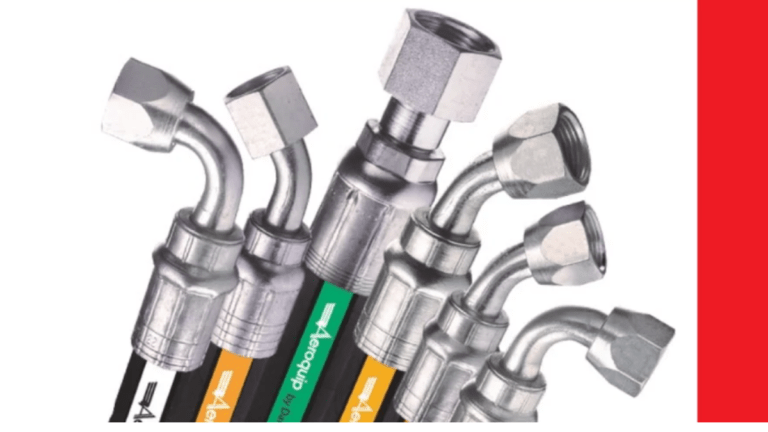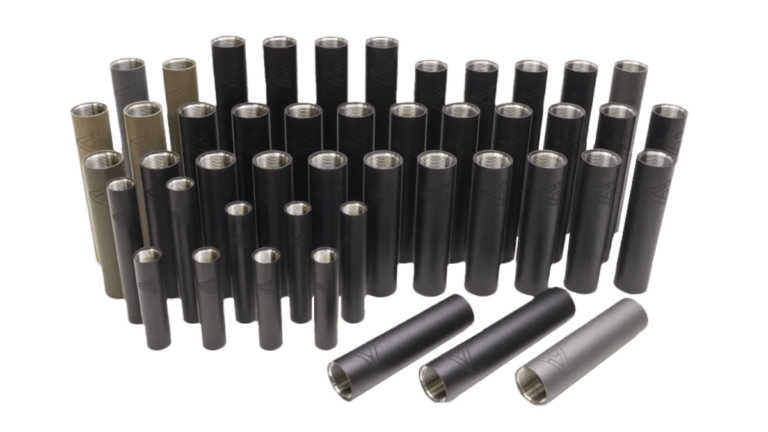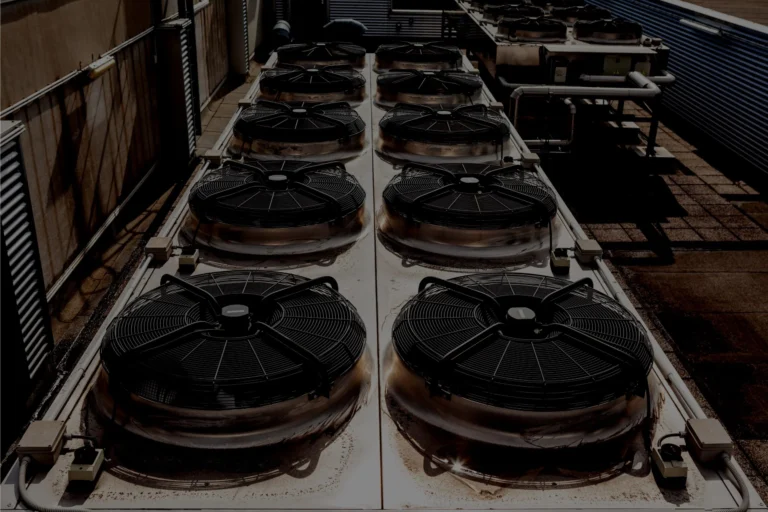The Environmental Impact of Marsh Equipment: How Technology is Minimizing Disruption
Marshlands and wetlands are rich in biodiversity and play a crucial role in regulating water, reducing floods, and supporting wildlife habitats. However, working in these environments requires specialized equipment that can handle the terrain without causing harm to the delicate ecosystem. Modern marsh equipment, including marsh buggies and amphibious excavators, has evolved to minimize environmental impact with innovative features designed to protect natural landscapes. Here’s a closer look at how these advancements are helping reduce disruption in marsh and wetland projects.
1. Low-Impact Tracks and Flotation Technology
One of the primary ways modern marsh equipment minimizes environmental impact is through the use of low-impact tracks and flotation technology. These design features reduce ground pressure, allowing the equipment to move across soft terrain without causing damage.
- Wide, Low-Impact Tracks: Marsh buggies and amphibious excavators are equipped with wide tracks that distribute weight more evenly, reducing ground pressure. This prevents the tracks from sinking deeply into the soil, which could otherwise disrupt plant life and root systems.
- High Flotation Capabilities: Flotation technology allows marsh equipment to glide over soft, waterlogged areas without getting bogged down. By floating instead of sinking, the equipment reduces disturbances to the soil and minimizes habitat destruction.
- Minimal Soil Compaction: Compacted soil can limit plant growth and disrupt natural drainage. Low-impact tracks and flotation reduce soil compaction, preserving the marshland’s ability to support vegetation and wildlife.
Environmental Benefit: By reducing the physical impact on the ground, marsh equipment with low-impact tracks and flotation technology helps preserve the structural integrity of marshes and wetlands.
2. Eco-Friendly Engines for Reduced Emissions
Traditional heavy equipment often relies on engines that produce significant emissions, contributing to air pollution and environmental degradation. To address this, modern marsh equipment is now equipped with eco-friendly engines that minimize emissions.
- Low-Emission Diesel Engines: Many marsh buggies and excavators use diesel engines designed to meet strict emissions standards, reducing the release of harmful pollutants like nitrogen oxides and particulate matter.
- Hybrid and Electric Options: Some manufacturers are exploring hybrid and electric-powered marsh equipment, which offers even lower emissions. While not yet widespread, these options represent the future of environmentally responsible marshland equipment.
- Fuel Efficiency: Modern engines are engineered for fuel efficiency, allowing marsh equipment to operate for longer periods on less fuel, reducing overall consumption and environmental impact.
Environmental Benefit: Eco-friendly engines reduce greenhouse gas emissions, helping to protect air quality and limit the equipment’s impact on climate change.
3. Noise Reduction Technology for Wildlife Protection
Noise pollution is another concern when working in sensitive ecosystems. Loud machinery can disrupt local wildlife, affecting behavior, breeding patterns, and overall ecosystem health. To mitigate this, manufacturers have developed noise-reducing technologies for marsh equipment.
- Sound-Dampening Materials: Some marsh equipment now incorporates sound-dampening materials that reduce noise levels, making the equipment less disruptive to wildlife.
- Engine Enclosures: Engine enclosures help muffle engine noise, allowing equipment to operate more quietly in noise-sensitive environments.
- Electric Power Options: Electric marsh equipment operates more quietly than diesel or gasoline-powered machines, reducing noise pollution and minimizing disturbances to nearby wildlife.
Environmental Benefit: Noise reduction technology allows marsh equipment to operate with minimal disruption to wildlife, maintaining a quieter and more natural environment in marshlands and wetlands.
4. Advanced GPS and Tracking Systems for Precision Operations
Modern marsh equipment is often equipped with GPS and other tracking systems, allowing operators to work with greater precision and minimize unnecessary disruption to the environment.
- Exact Route Mapping: GPS allows operators to map out routes in advance, ensuring they only drive over necessary areas, which minimizes habitat disturbance.
- Precision Dredging and Excavation: For tasks like dredging or vegetation removal, GPS and tracking systems help operators target specific areas without damaging surrounding plants and habitats.
- Geofencing Technology: Some marsh equipment includes geofencing capabilities, which create virtual boundaries to keep the equipment within designated areas. This prevents accidental disruption of off-limits areas.
Environmental Benefit: GPS and tracking systems enhance operational precision, limiting unnecessary damage to the environment and protecting sensitive areas.
Conclusion
The advancement of marsh equipment technology has made it possible to conduct essential work in wetlands, marshlands, and other sensitive environments with minimal disruption to local ecosystems. With low-impact tracks, eco-friendly engines, noise reduction, GPS precision, remote operation, biodegradable fluids, and protective measures for wildlife habitats, modern marsh equipment is designed to work alongside nature rather than against it. For businesses operating in these environments, choosing equipment that minimizes environmental impact not only supports sustainability but also aligns with responsible practices that protect these delicate landscapes.
FAQs
1. Can marsh equipment really prevent soil damage?
Yes, equipment with low-impact tracks and flotation technology spreads out weight, minimizing soil compaction and preserving the natural structure of marshland soil.
2. How do eco-friendly engines in marsh equipment compare to traditional engines?
Eco-friendly engines produce lower emissions, reducing the environmental footprint of the equipment and meeting stricter environmental regulations.
3. Are biodegradable hydraulic fluids effective in heavy equipment?
Yes, biodegradable hydraulic fluids are engineered to perform similarly to traditional fluids, with the added benefit of breaking down naturally if a spill occurs.
4. How does GPS enhance precision in marsh operations?
GPS technology allows operators to work with exact route mapping and designated zones, reducing unnecessary impact on surrounding ecosystems.
5. Is noise reduction really important for wildlife?
Yes, excessive noise can disrupt wildlife behavior and breeding patterns. Noise reduction in equipment helps maintain a quieter, less invasive presence in natural habitats.
